Drametse Lakhang
Temples, monasteries, stupas and sacred places are sprinkled all over the
Bhutanese landscape. No wonder that the chime of bells from the prayer wheels,
echoes of ritual trumpets and booms of ritual drums are melodies that treats
the Bhutanese ears. These religious structures and sacred sites are soaked in
myths, legends and history. And, it is exactly these elements behind each
sacred place that makes it distinct, extraordinary and revered.
These religious personalities were either associated with the discovery of sacred places or predicting the need to build temples, monasteries or stupas in a particular place. In many instances these sacred structures are constructed to suppress the demons and demonesses that harmed the people.
The other reasons
are to commemorate the victory of Buddhism, to fulfill the wish of a religious
master according to a vision and prophecy. As for the sacred sites, these are
the places where miracles were performed by the saints and religious masters
primarily to subdue the evils or to celebrate their victory. Whatever the reason,
these structures and sites form an integral part of the Bhutanese culture and
lifestyle. This legacy is one of the powerful constituents that solidify the
distinctiveness of the Bhutanese identity in this global village.



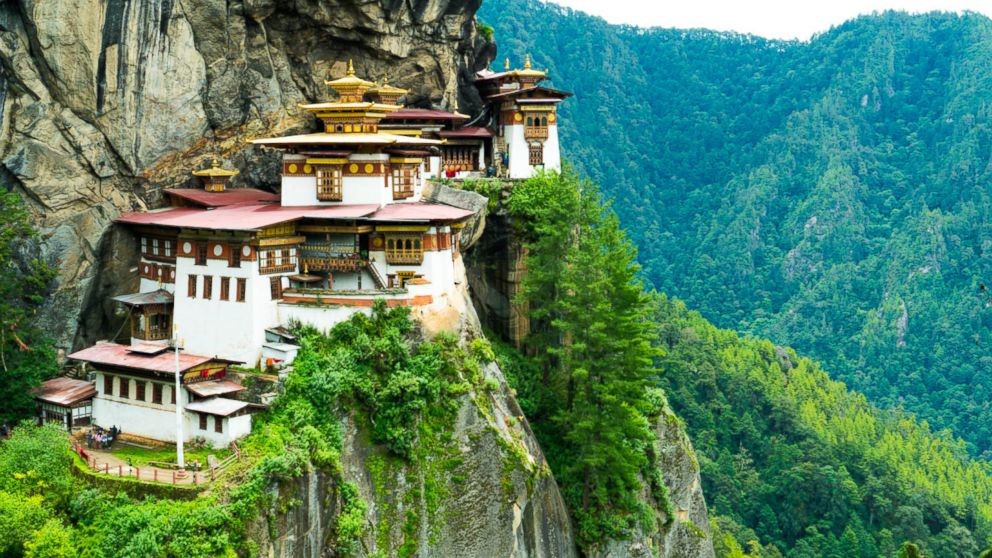
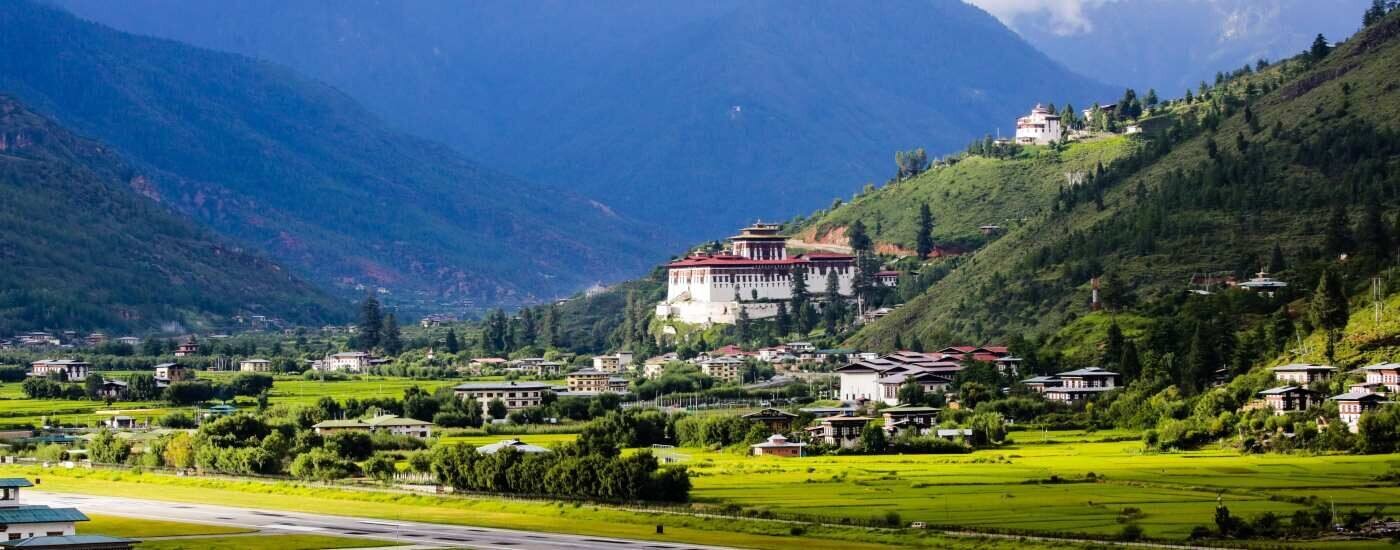
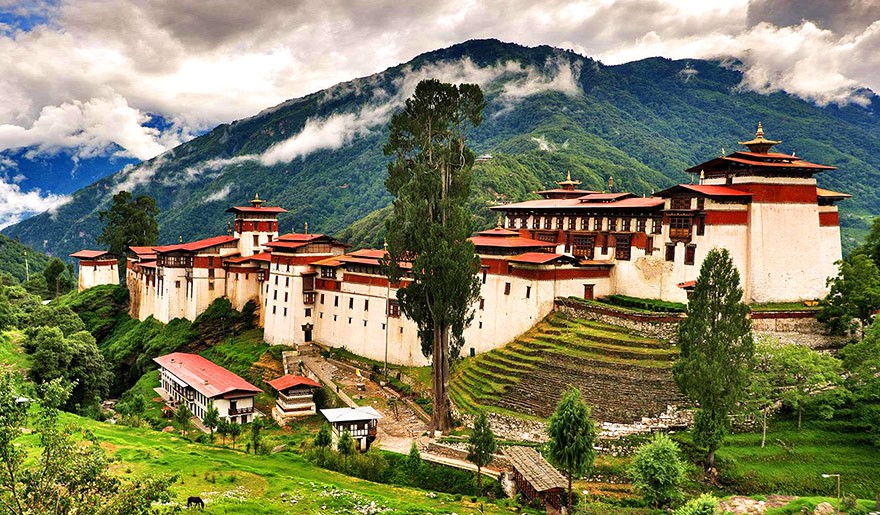
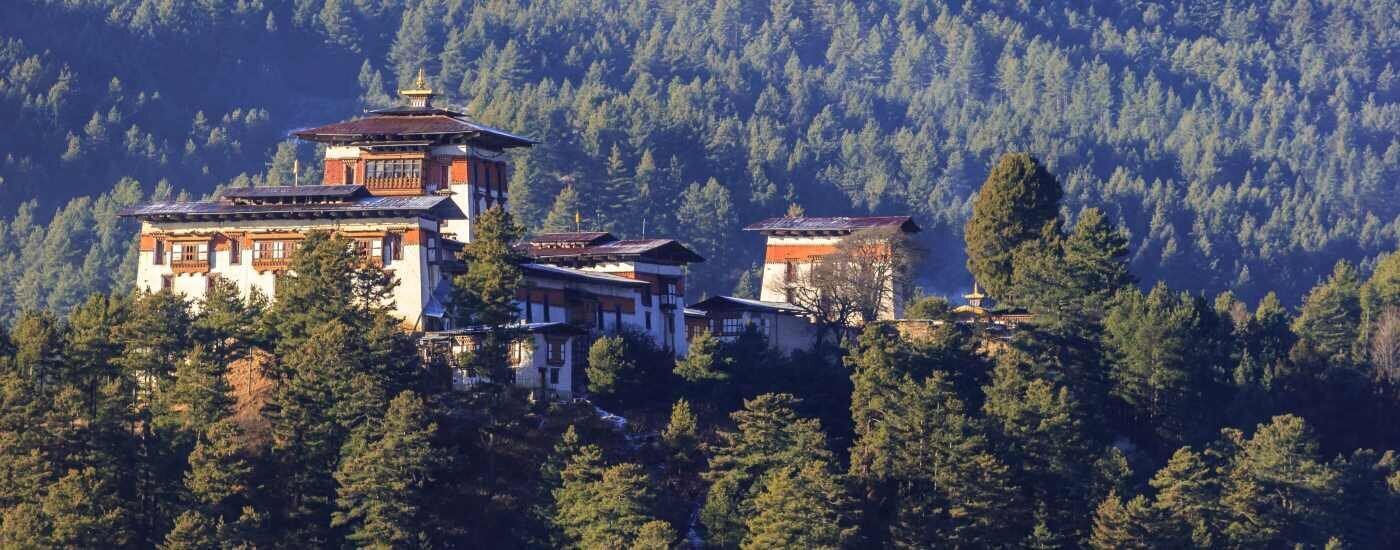


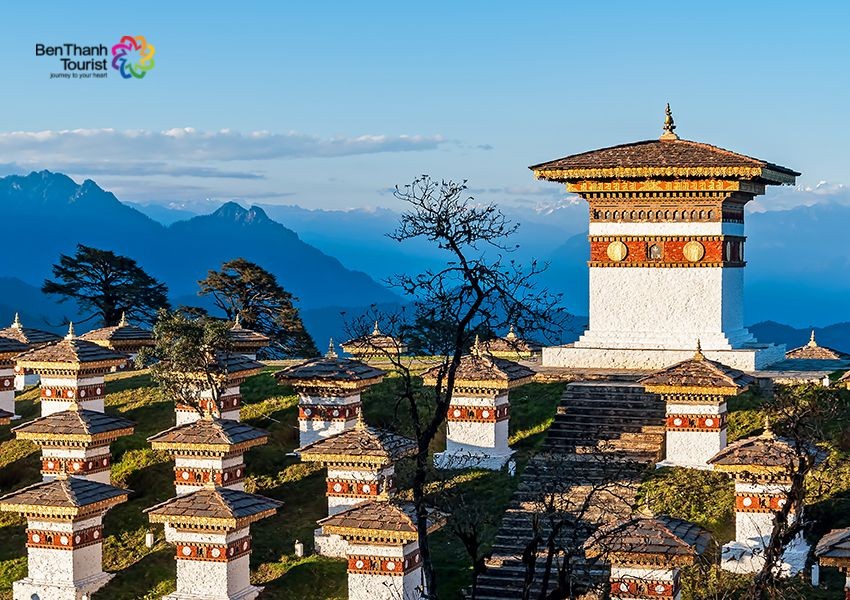
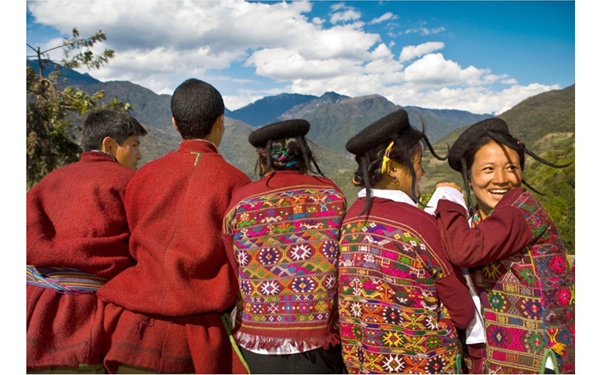
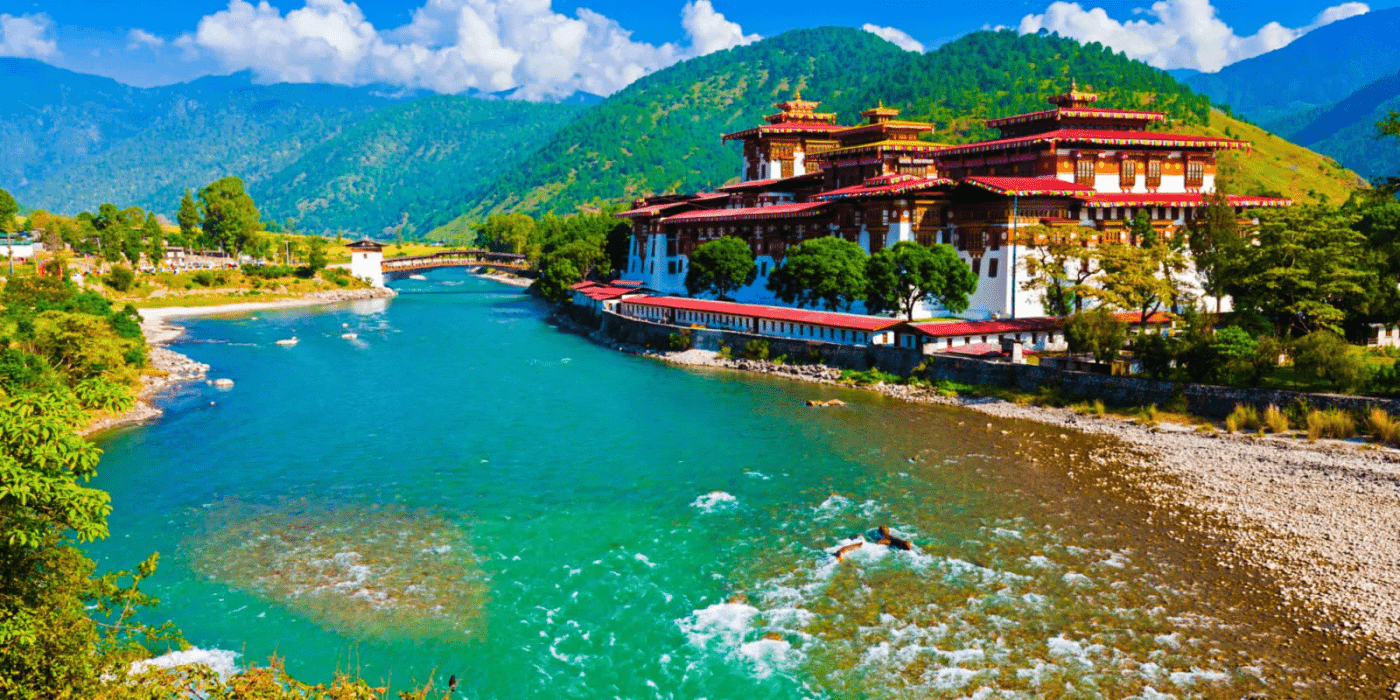
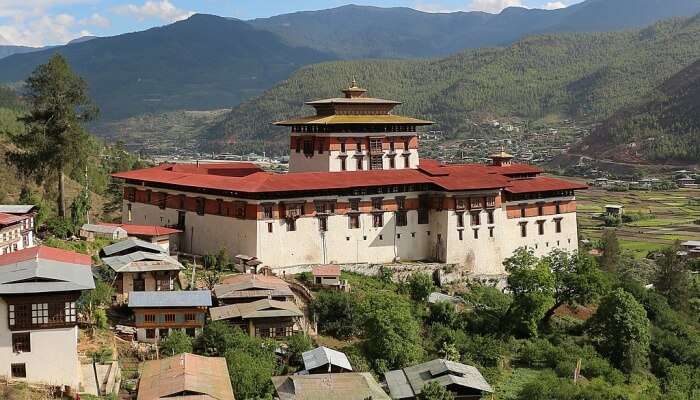

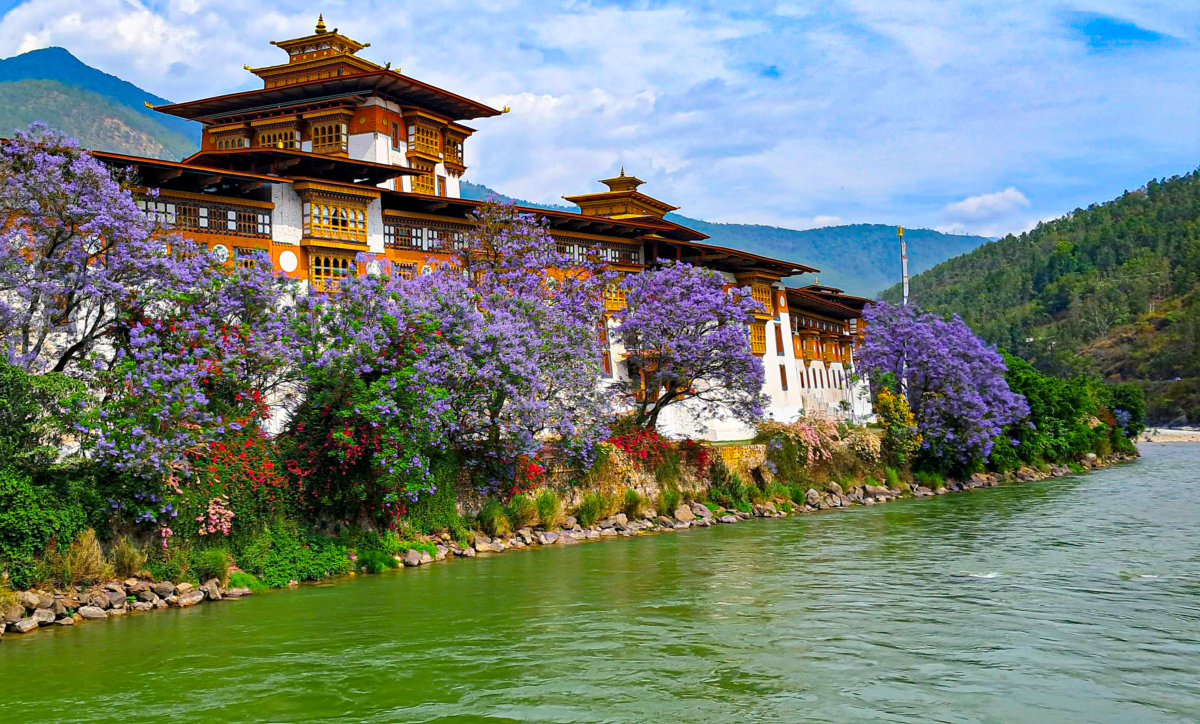
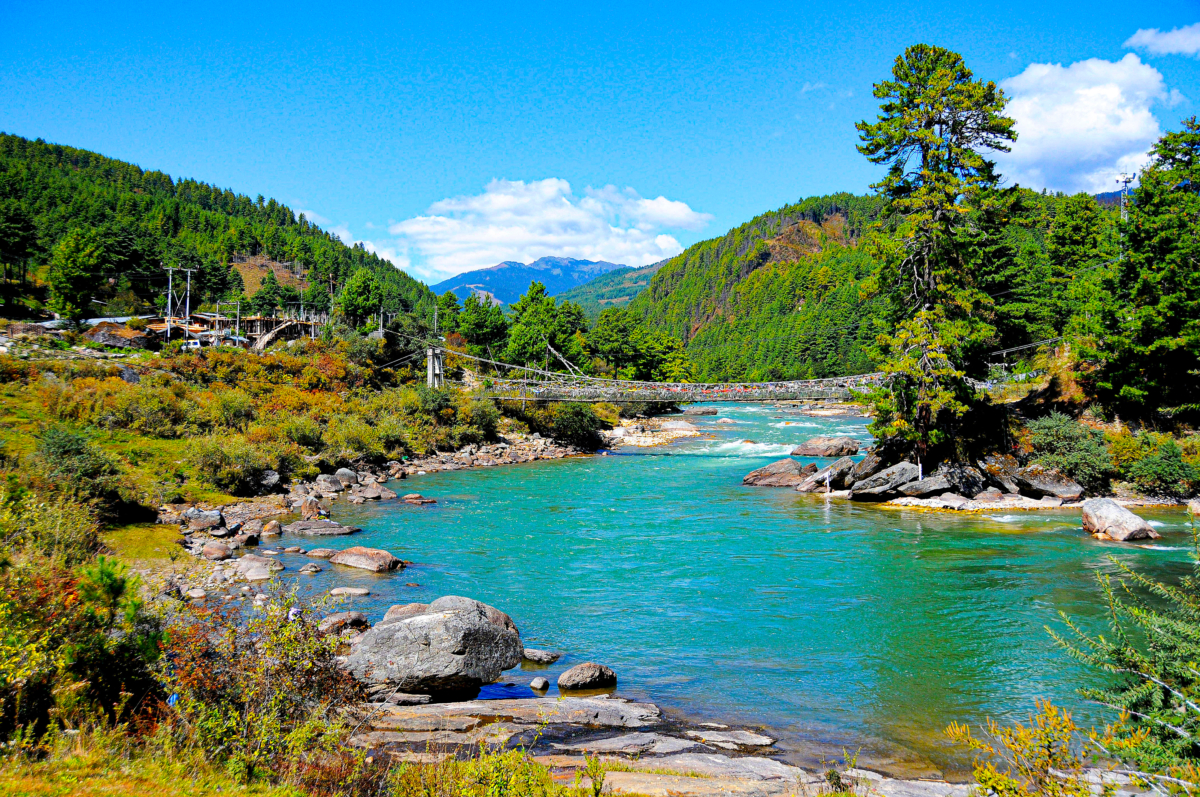
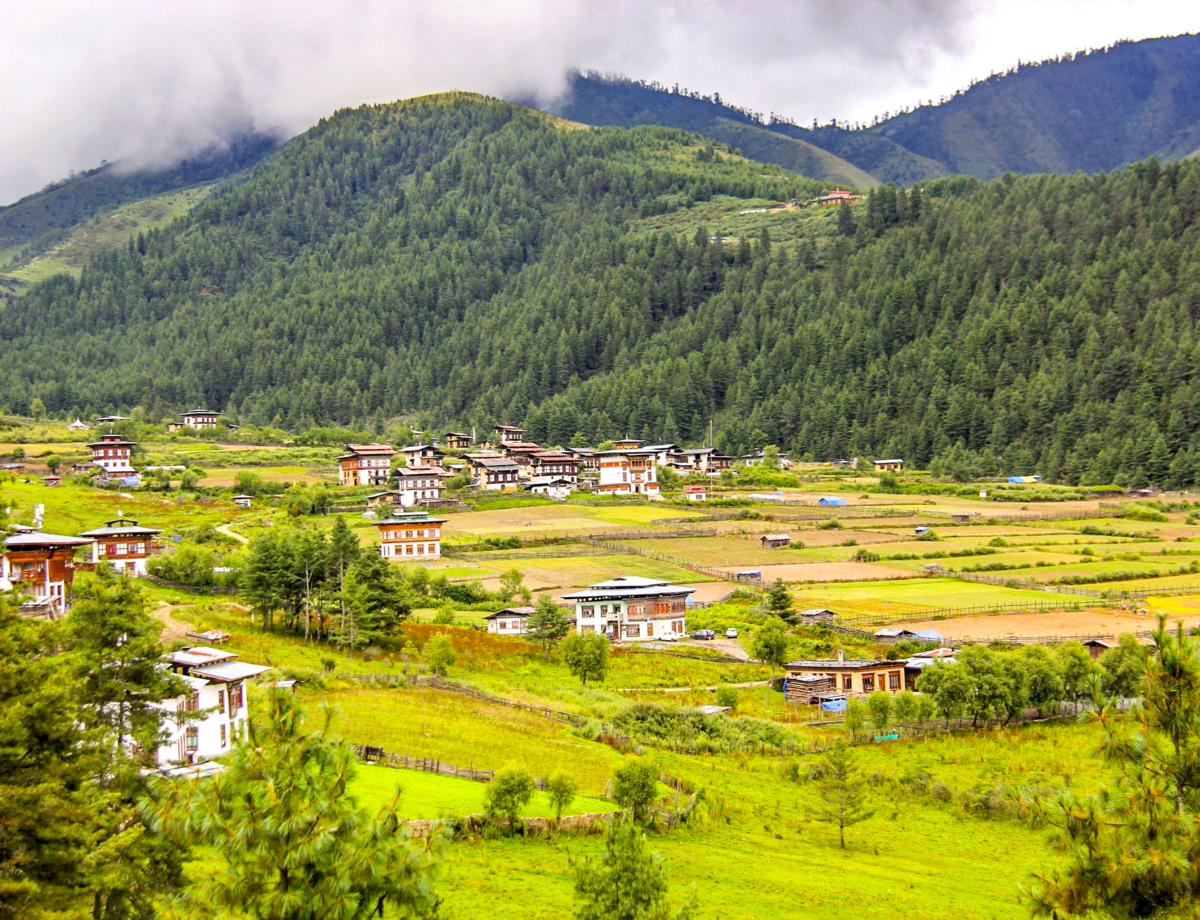
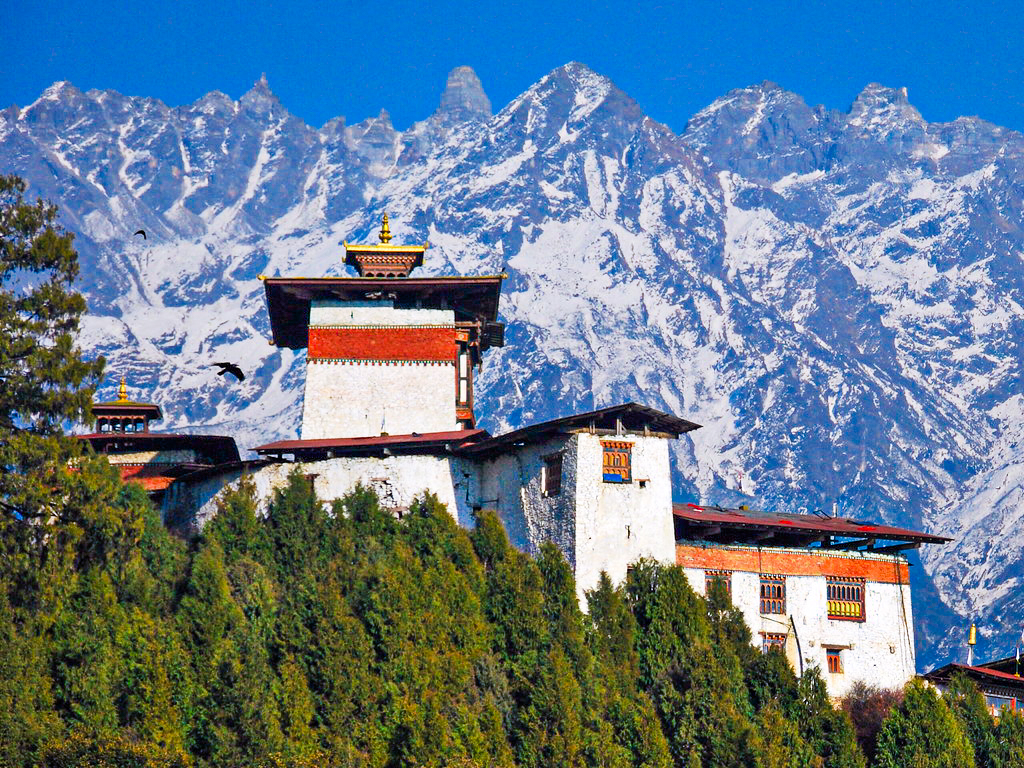
Comments
Post a Comment